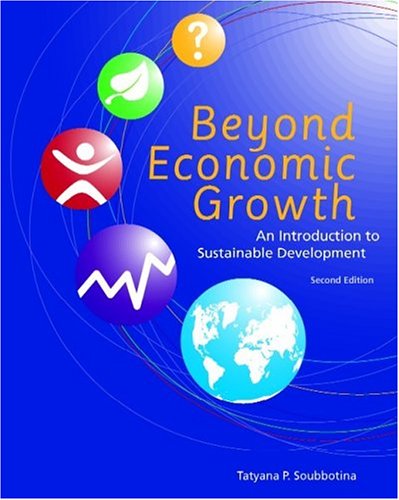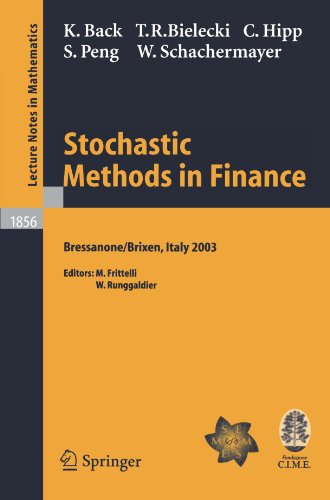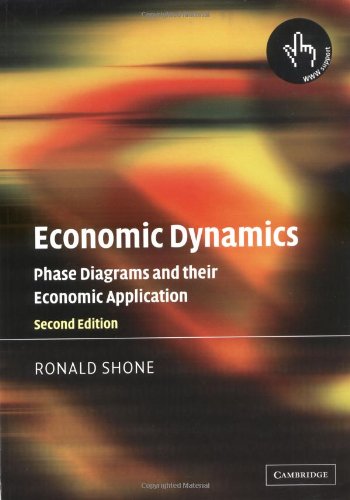Tatyana Soubbotina0821359339, 9780821359334, 9781423711735
How can we compare the levels of development attained by different countries? And what does it take to make development sustainable?
This book offers no simple answers to these complex questions. Instead, the authors encourage readers to seek their own solutions by analyzing and synthesizing information on a range of critical development issues including population growth, economic growth, equity, poverty, education, health, industrialization, urbanization, privatization, trade, climate change, and more.
The book, which draws on data published by the World Bank, is addressed to teachers, students, and all those interested in exploring issues of global development.
This title is a publication of the World Bank Institute — promoting knowledge and learning for a better world.
Table of contents :
Contents……Page 3
Acknowledgments……Page 6
Introduction……Page 7
Data and Development……Page 8
About This Book……Page 9
How to Use The Book……Page 10
Goals and Means of Development……Page 13
Sustainable Development……Page 14
Gross Domestic Product and Gross National Product……Page 18
Grouping Countries by Their Level of Development……Page 21
3. World Population Growth……Page 23
4. Economic Growth Rates……Page 29
Cross-country Comparisons of Income Inequality……Page 34
Lorenz Curves and Gini Indexes……Page 35
Costs and Benefits of Income Inequality……Page 37
The Nature of Poverty……Page 39
The Geography of Poverty……Page 40
The Vicious Circle of Poverty……Page 41
The Challenge of Hunger……Page 44
Education and Human Capital……Page 49
Primary Education and Literacy……Page 52
Issues in Secondary and Tertiary Education……Page 54
Global Trends……Page 59
Population Age Structures……Page 61
The Burden of Infectious Disease……Page 63
Lifestyle Challenges……Page 67
Major Structural Shifts……Page 69
Knowledge Revolution……Page 71
Implications for Development Sustainability……Page 73
10. Urban Air Pollution……Page 75
Particulate Air Pollution……Page 76
Airborne Lead Pollution……Page 79
11. Public and Private Enterprises: Finding the Right Mix……Page 82
The Dilemma of Public-Private Ownership……Page 83
Is There a Trend toward Privatization?……Page 86
Waves of Modern Globalization……Page 89
Costs and Benefits of Free Trade……Page 91
Geography and Composition of Global Trade……Page 93
International Migration……Page 97
13. Globalization: Foreign Investment and Foreign Aid……Page 101
Private Capital Flows……Page 102
Official Development Assistance……Page 105
14. The Risk of Global Climate Change……Page 108
Whose Responsibility Is It?……Page 109
Will the North-South cooperation work?……Page 113
“Development Diamonds”……Page 116
Human Development Index……Page 117
Composition of National Wealth……Page 119
Accumulation of National Wealth As an Indicator of Sustainable Development……Page 120
Material Throughput and Environmental Space……Page 123
Social Capital and Public Officials’ Corruption……Page 125
Millennium Development Goals……Page 129
The Role of National Development Policies……Page 133
Difficult Choices……Page 135
Glossary……Page 137
Annex 1: Classification of Economies by Income and Region……Page 151
Annex 2: Data Tables……Page 155
Table 1. Indicators to Chapter 1–5……Page 156
Table 2. Indicators to Chapter 6–7……Page 166
Table 3. Indicators to Chapter 8–9……Page 176
Table 4. Indicators to Chapter 10–13……Page 186
Table 5. Indicators to Chapter 14–16……Page 198
Annex 3: Millennium Development Goals……Page 209







Reviews
There are no reviews yet.